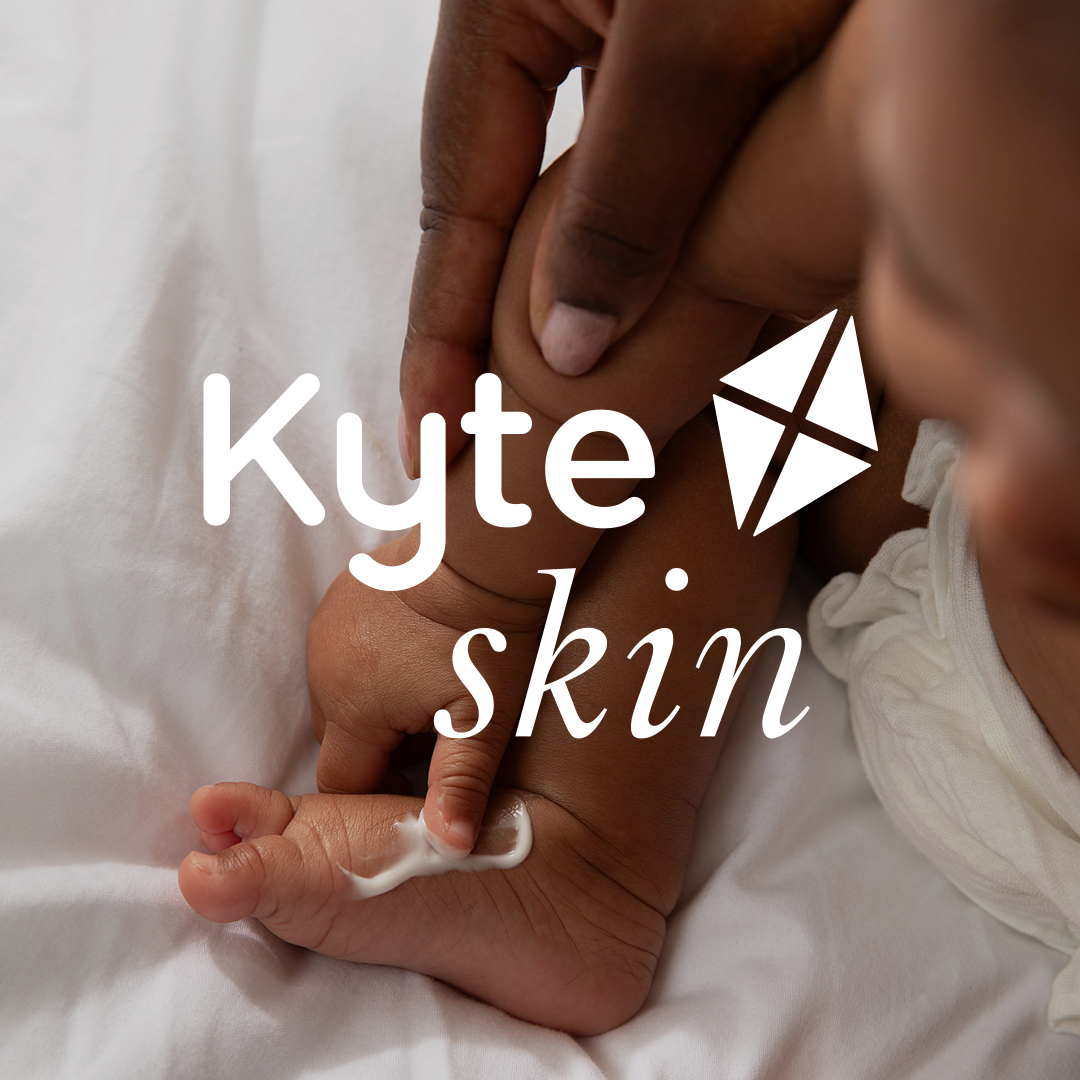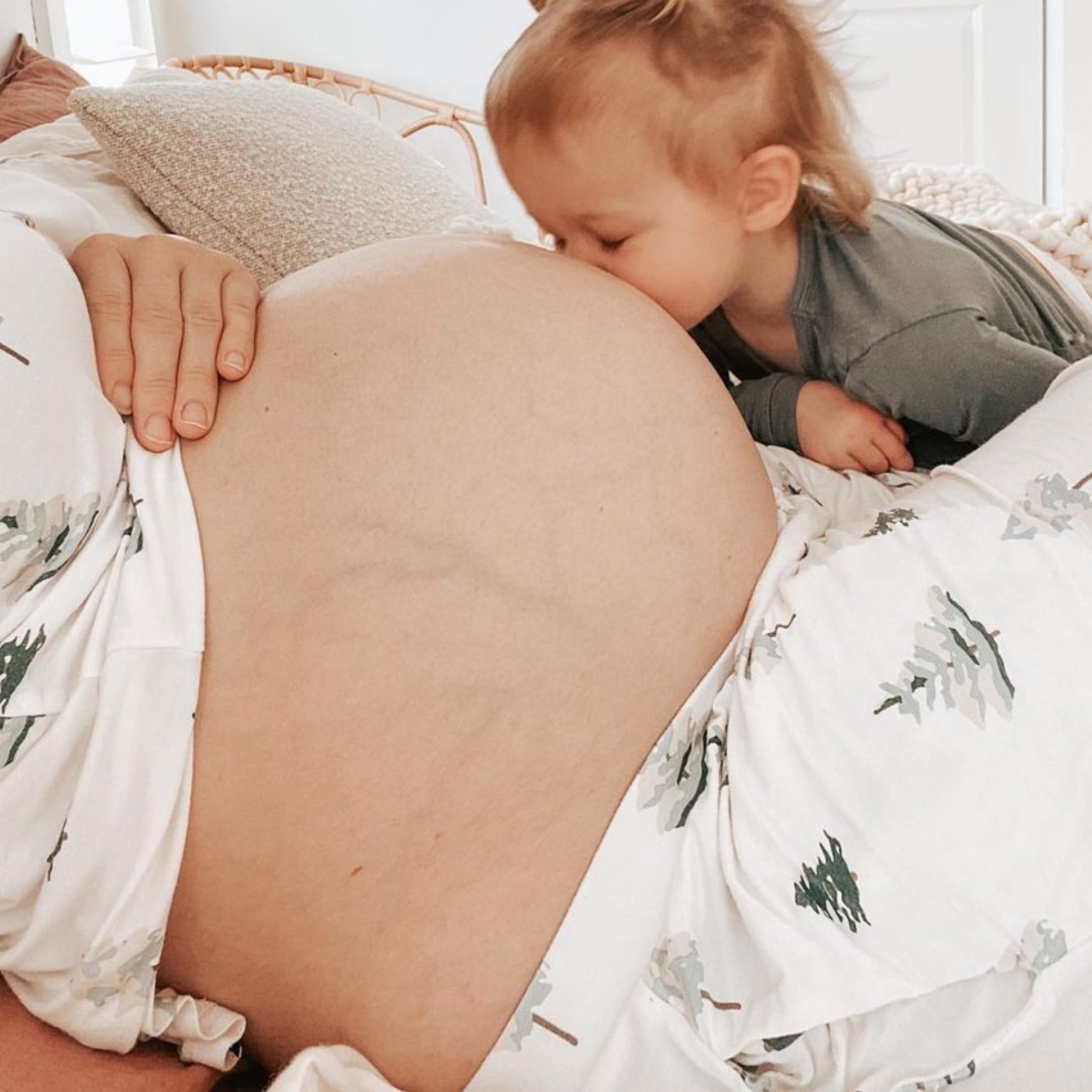
Parents who are ready to make changes around their sleep habits want to know how long it’s going to take before they see progress. This is a loaded question because it depends on a lot of different factors!
Factors like: your child’s age, what habits you’re working on changing, method you’re implementing, and other miscellaneous things like sleeping arrangements, sleep environment, and timing for sleep will all impact how long it takes to see progress.
The biggest indicator to how long sleep training will take can actually be your commitment and consistency with the method you’re using! It’s much more important to commit to a method than the actual method (the majority of the time).
If you’re curious about sleep training methods, this blog breaks down some popular options that you can find online!

So how long will you have to commit to sleep training? A good rule of thumb is to follow through for 2 weeks with whichever method you’ve chosen. However, each night should get better in some way than the previous night; whether they fall asleep faster, require less soothing/intervention, sleep a more consolidated stretch… all are ways you can measure progress!
This study discovered the average amount of time it takes to fall asleep the first night when using a controlled crying or extinction type method averages 45-60 minutes and becomes less each night as they become more skilled at falling asleep independently.

Before you’ve chosen your method, there are things that can help set you up for success with sleep training. These include:
- An optimal sleep environment
- Consistent routines around sleep
- Appropriate timing before sleep (overtired babies will have a more difficult time falling asleep)
Then, it’s helpful to write out your exact plan for bedtime, night time wakings, early wakings, and naps!
When writing a plan, it’s important to get on the same page with your partner or any caregiver that will be involved in the sleep training process so that’s consistent with everyone.

Please note that no one ever has to utilize any sleep training options-- you can continue doing what is working for you until it isn’t working and you’d like to change habits.
Whatever you choose to do, having a plan will be so helpful! Good luck on your sleep training journey!
Author Bio: Ashley Olson is a certified pediatric sleep consultant, owner of Heaven Sent Sleep, and passionate about helping new parents, experienced parents, desperate and sleep-deprived parents form healthy sleep habits for their children.
She has over 3 years of experience in working with families and has completed over 150 hours of coursework plus continuing education related to infant and toddler sleep. The focus of her work is on fostering a routine that grows your bond with your child while improving their sleep habits. She specializes in custom sleep plans and one on one support in changing sleep practices!






















